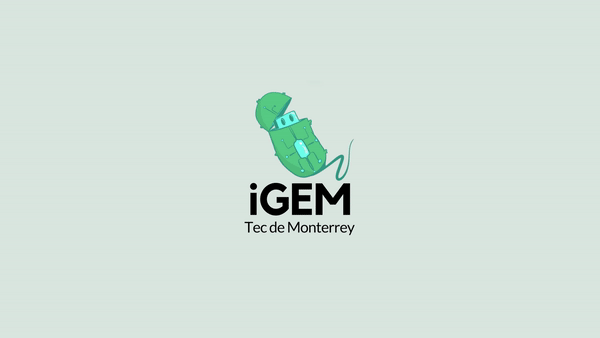| Line 2: | Line 2: | ||
<html> | <html> | ||
<head> | <head> | ||
| + | <script src="https://2018.igem.org/common/MathJax-2.5-latest/MathJax.js?config=TeX-AMS-MML_HTMLorMML"> | ||
<style> | <style> | ||
.masthead { | .masthead { | ||
| Line 113: | Line 114: | ||
<div class="contenido"> | <div class="contenido"> | ||
<div class="body-title">Module 1 & Module 2</div> | <div class="body-title">Module 1 & Module 2</div> | ||
| + | |||
<div class="body-subtitle">Protein and target DNA production</div> | <div class="body-subtitle">Protein and target DNA production</div> | ||
| − | In beginning with a mathematical description of the E. coding system, the biomolecular processes taking place in the system were expressed as reversible biochemical reactions governed by mass-action | + | In beginning with a mathematical description of the E. coding system, the biomolecular processes taking place in the system were expressed as reversible biochemical reactions governed by mass-action law kinetics, as conveyed in Figure ***. |
| − | + | ||
| − | + | ||
<div class="imagen-centrada-completa"> | <div class="imagen-centrada-completa"> | ||
<img src="https://static.igem.org/mediawiki/2018/b/b0/T--Tec-Monterrey--MODEL_DIAGRAMA.png"> | <img src="https://static.igem.org/mediawiki/2018/b/b0/T--Tec-Monterrey--MODEL_DIAGRAMA.png"> | ||
</div> | </div> | ||
| + | |||
Where <b>Cas1</b> refers to free Cas1 protein, <b>Cas2</b> to free Cas2 protein, <b>RT</b> to free Retrotranscriptase, <b>msr-msd</b> to free msr-msd RNA transcript, <b>CAS</b> to free Cas1-Cas2 protein complex, <b>M***</b> to RT bound by msr-msd RNA transcript, <b>MSD***</b> to free retrotranscribed target DNA sequence, <b>X</b> to Cas1-Cas2 protein complex bound to target DNA sequence, and <b>I***</b> to the amount of insertions made to the bacteria’s genome. This first model consisted of a simple linear differential equations system. | Where <b>Cas1</b> refers to free Cas1 protein, <b>Cas2</b> to free Cas2 protein, <b>RT</b> to free Retrotranscriptase, <b>msr-msd</b> to free msr-msd RNA transcript, <b>CAS</b> to free Cas1-Cas2 protein complex, <b>M***</b> to RT bound by msr-msd RNA transcript, <b>MSD***</b> to free retrotranscribed target DNA sequence, <b>X</b> to Cas1-Cas2 protein complex bound to target DNA sequence, and <b>I***</b> to the amount of insertions made to the bacteria’s genome. This first model consisted of a simple linear differential equations system. | ||
The initial principle of the system is the expression of three proteins (Cas1, Cas2, and a Retrotranscriptase) and the msr-msd RNA transcript, regulated by an inducible promoter. As such, the Hill equation was implemented to describe said regulated expression, as a function of the concentration of an inductor. A separate term, for basal protein degradation remained. Additionally, enzymatic processes, such as protein complex formation, substrate binding, or enzymatic reactions, are left described by mass-action law. Equations *** to *** correspond to each protein, substrate, and enzymatic complex involved in the E. coding system. <br> | The initial principle of the system is the expression of three proteins (Cas1, Cas2, and a Retrotranscriptase) and the msr-msd RNA transcript, regulated by an inducible promoter. As such, the Hill equation was implemented to describe said regulated expression, as a function of the concentration of an inductor. A separate term, for basal protein degradation remained. Additionally, enzymatic processes, such as protein complex formation, substrate binding, or enzymatic reactions, are left described by mass-action law. Equations *** to *** correspond to each protein, substrate, and enzymatic complex involved in the E. coding system. <br> | ||
Revision as of 19:45, 16 October 2018



